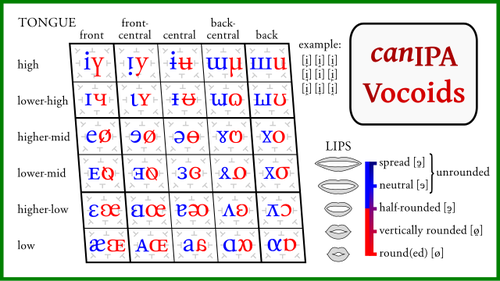Parents become very excited when their children start to speak. They are very desperate to hear the English sounds of their babies. However, what they say and how they speak matter a lot. You need to teach them some of the basic sounds in the English language that are going to develop their language and accent afterward.
IPA (International Phonetic Alphabet)
The IPA (International Phonetic Alphabet) is the international alphabetic system of the phonetic notations which is primarily based on the Latin alphabets. An oral language which includes phonemes, phones, syllables, separation of words and intonations represents IPA. International Phonetic Association devised these sounds for the spoken language as the standard representation in the late 19th century.
It is widely used by foreign language students, lexicographers, linguists, singers, translators, constructed language creators, actors, and teachers. When some additional qualities of speech like lisping, tooth gnashing, sounds made using cleft lip and cleft palate are needed, the IPA is extended with a new set of symbols.

Composition
These symbols of the IPA are composed of one or more elements, and these are of two basic types: diacritics, and letters. The International Phonetic Association can occasionally add, modify or remove different letters of diacritics from these symbols.
There are only 26 letters in the English language, but when you pronounce these letters, they have 44 unique sounds. These sounds are very important in determining different words and their meaning from other words. Different letters which are used for the representation of these 44 sounds are known as graphemes.
These 44 sounds in English language are then further categorized into vowels and consonant sounds, including 19 vowel and 25 consonant sounds.
44 Sounds with Examples
There are two kinds of sounds: vowel sounds and consonants. Let's have a look at them one by one.
1. Vowel sounds
There are 19 vowel sounds in the English language which are mentioned below with examples.
- /æ/ Laugh, cat and plaid.
- /eɪ/ Mate, break and bay.
- /e/ Aesthetic, end and said.
- /i:/ Be, bee, key, and ski.
- /ɪ/ It, women and guild.
- /aɪ/ Sky, pie and guy.
- /ɒ/ honest, maul and slaw.
- /oʊ/ moat, toe and sew.
- /ʊ/ look, would and bush.
- /ʌ/ monkey, double and blood.
- /u:/ loon, dew, shoe. -/ɔɪ/ buoy, join and boy.
- /aʊ/ shout, now and bough.
- /ə/ Ladder, dollar and about.
- /eə/ dare, where and prayer.
- /ɑ:/ arm, charm and calm.
- /ɜ:/ bird, pearl and word.
- /ɔ:/ ball, fore and sauce.
- /ɪə/ here, steer and ear.
- /ʊə/ tourist and cure.

2. Consonant sounds
There are 24 consonant sounds in the English language which are further divided into two categories named voiced consonants and voiceless consonants. Voiced consonants are the ones in which our vocal folds vibrate. On the other hand, the sounds in which our vocal folds do not vibrate are called voiceless consonants.
- /b/ bubble and bug (voiced consonant)
- /d/ add, dad and milled (voiced consonant)
- /f/ cliff, half and often (voiceless consonant)
- /g/ egg, guest and gun (voiced consonant)
- /h/ who and hop (voiceless consonant)
- /dʒ/ wage, jam and edge (voiced consonant)
- /k/ accent, folk and queen (voiceless consonant)
- /I/ well and live (voiced consonant)
- /m/ summer, column and palm (voiceless consonant)
- /n/ know, pneumonic, net (voiced consonant)
- /p/ Dippy and pin (voiceless consonant)
- /r/ carrot, rhyme and run (voiced consonant)
- /s/ scene, pace, and circle (voiceless consonant)
- /t/ matter and tip (voiceless consonant)
- /v/ of, five and vine (voiceless consonant)
- /w/ why, wit and choir (voiced consonant)
- /z/ his, craze and buzz (voiced consonant)
- /ʒ/ azure, treasure, and division (voiced consonant)
- /tʃ/ action, chip, and future (voiceless consonant)
- /ʃ/ ocean, special and station (voiceless consonant)
- /θ/ thongs (voiced consonant)
- /ð/ leather (voiceless consonant)
- /ŋ/ pink, ring and tongue (voiced consonant)
- /j/ onion, hallelujah and you (voiced consonant)
Wind-up
The ability to pronounce these vowel and consonant sounds is a must for children, which is going to set a direction for their accent and tone of the language. Therefore, children should pronounce them the right way from the very start in order to learn the language more effectively. Effective learning of these sounds is only possible under the supervision of a native speaker of the language. You can watch this video and get a better understanding of how to pronounce these vowel and consonant sounds.